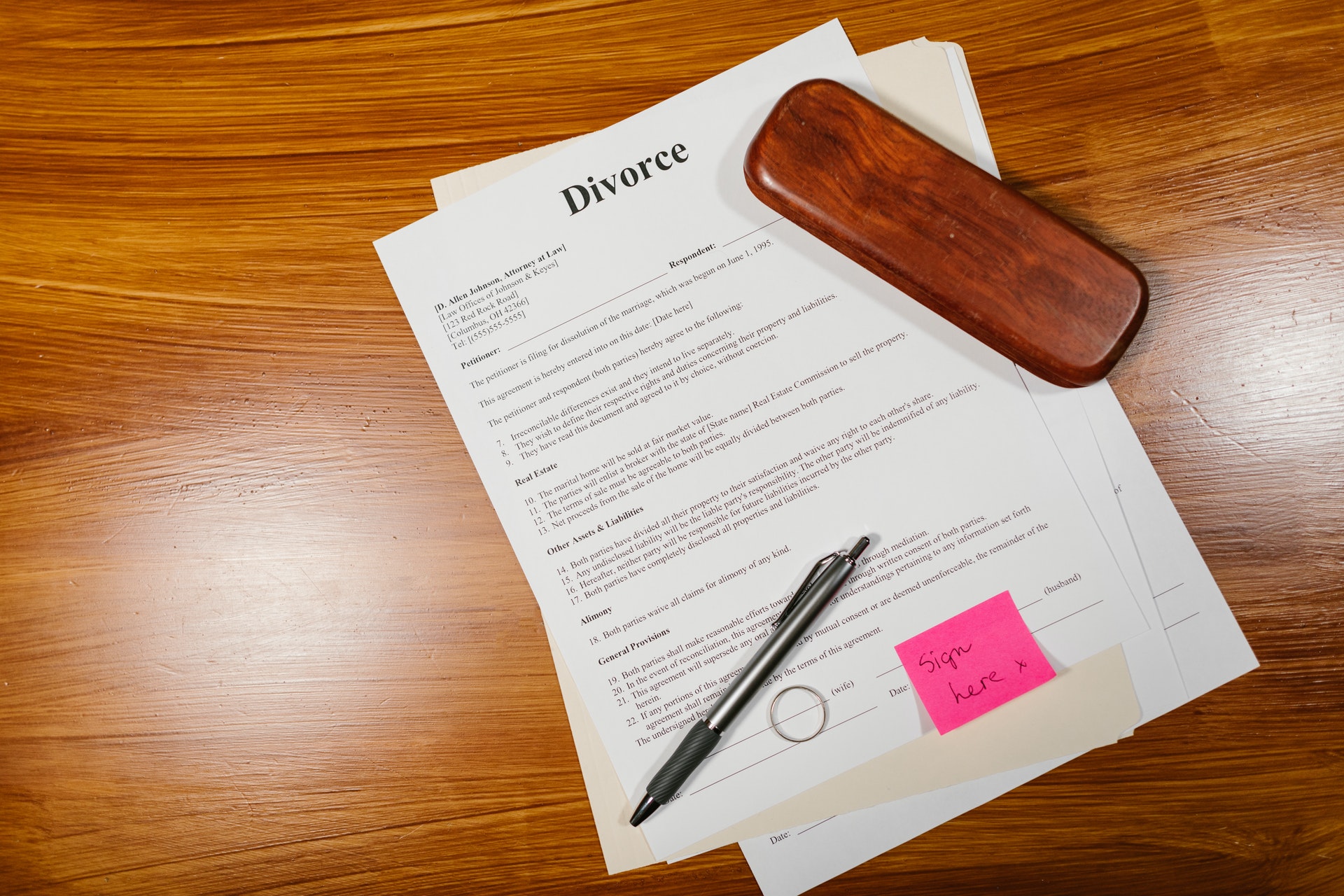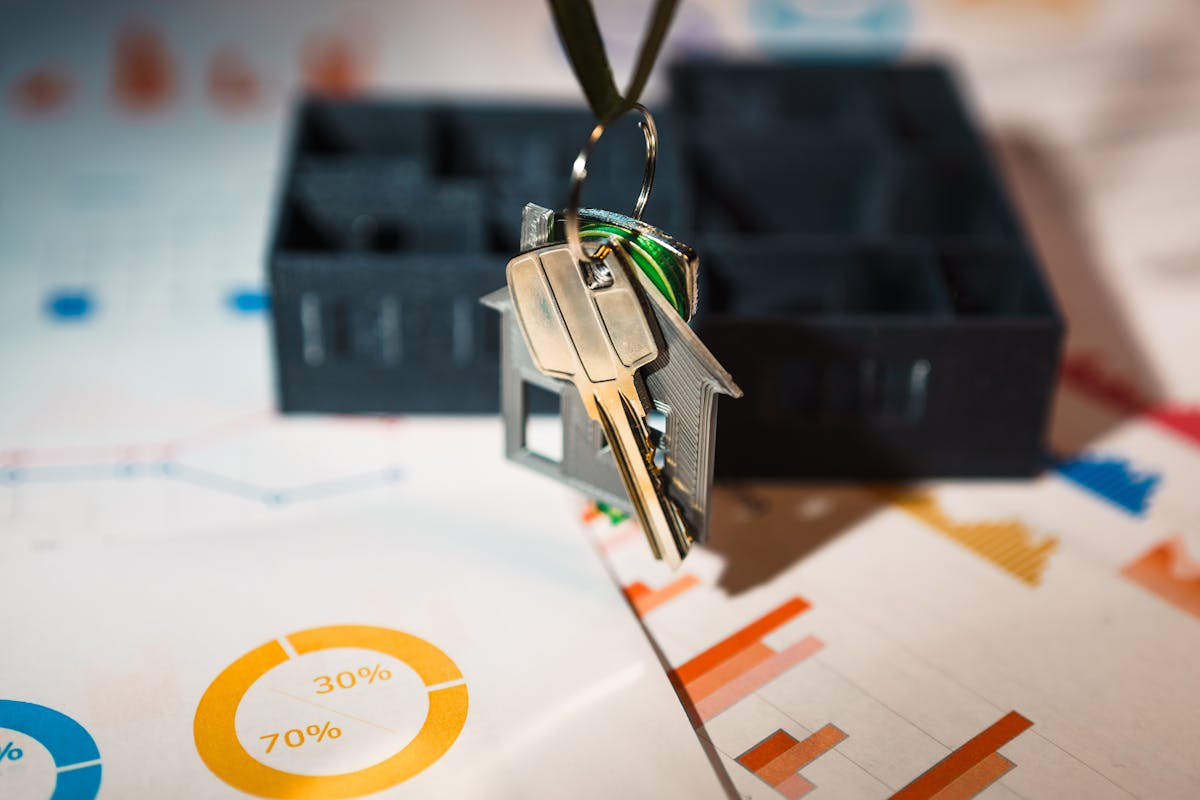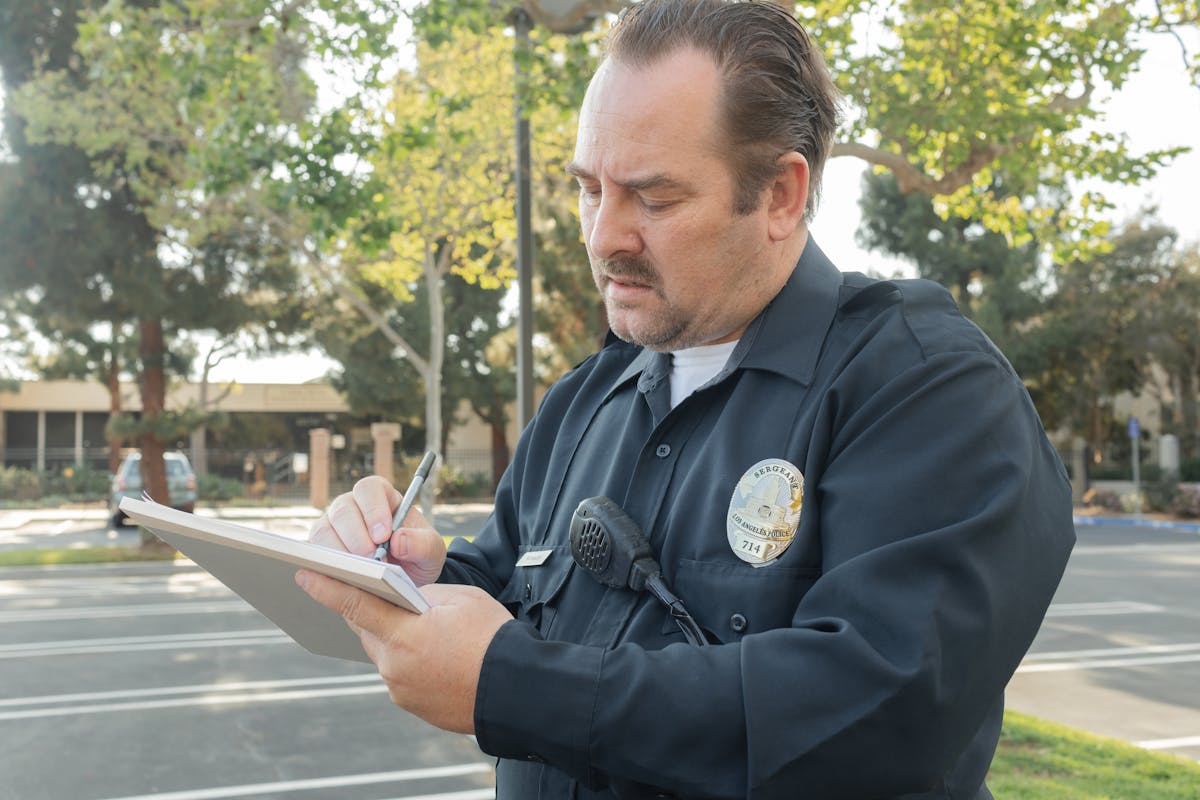Filing for divorce is an emotionally taxing process. You don’t need the added pressure of dealing with expensive lawyers and navigating court procedures alone. Allow D&R Legal to take care of the legal details so you can get a divorce without the hassle and unnecessary costs.
D&R Legal professional process servers will take the complexity out of your divorce by assisting you with legal papers and serving process quickly. That way, you can end your marriage on a positive note and move into the future that awaits you in the most affordable and stress-free way possible.
Divorce in Alameda County: What You Need To Know
To ensure your divorce is set for smooth sailing, there are a few laws and regulations to know about first. This comprehensive guide will help you get prepared for filing.
Residency Requirements
To dissolve your marriage in California, you need to meet residency requirements from the state in which you file. You or your spouse must have resided in the Golden State for at least six months prior. In addition, you must live in Alameda County for at least three months before filing for divorce.
Pretext To File For Divorce
There are many reasons people choose to file for divorce. California is considered a no-fault state, meaning you can file for divorce for one of two reasons. The first is that irreconcilable differences have emerged between you and your partner, causing the irreparable breakdown of your marriage. Alternatively, you can file under the incurable insanity of your spouse, where you will be asked to provide psychiatric testimony or medical records as proof.
Property Allocation
Divorcing couples have the option to divide their assets and debts on their own or request the courts allocate them instead. The premise in the latter is that all assets and debts the couple acquired during the relationship belong to each party equally.
Types of Divorces
In Alameda County, divorces are categorized into two groups that entail slightly different legal procedures. If nothing else, the one thing you and your partner must agree upon before filing is which of the following you will pursue.
Contested Divorces
In a contested divorce, both parties are unable to reach an agreement on the terms of the marriage dissolution. Unless you can agree upon issues like which parent will house any shared children, how to split assets and debt, or even whether or not to get a divorce, you’ll need to file for a contested divorce.
The process involves going to trial, calling upon witnesses, and in most cases, you’ll need a legal representative. Overall it’s significantly more time-consuming and costly than an uncontested divorce.
Uncontested Divorce
If you and your ex can reach a harmonious agreement on the terms of the divorce, you may qualify for an uncontested divorce. This option allows you to settle out of court, and you won’t need to hire a lawyer to help with the process. Uncontested divorces can save you time, money, and hassle, as they’re significantly less complicated than their counterpart. You may even be able to streamline the process with an online divorce.
To file for an uncontested divorce, both parties need to agree on the following:
- Child-related issues, such as custody and child support
- Distribution of parenting time
- Debt and property division
Four Divorce Forms In Alameda County
You need to file the correct divorce papers at a family court in Alameda county. These are available from the California Superior Court website, which contains instructions on each of the legal forms and information about the associated court processes.
Once completed, you need to file them at one of the two Alameda County Family Law court clerk’s offices and pay a small court filing fee. Finally, a professional process server will serve your spouse with the documents. Required forms include the following:
Petition For Divorce
If you are the petitioner and initiating the divorce process, you must complete the Petition to Divorce (Family Law Form FL-100). This document stipulates whether you’re divorcing as a result of irreconcilable differences or incurable insanity. If you require additional space on the standard petition form to list your assets and debts, you can add a Property Declaration form (FL-160).
Summons Form
The Summons form (FL-110) communicates to your spouse that you are filing for divorce. Through the due process, the summons and petition for divorce will be served to your spouse by a professional process server.
Declaration Under Uniform Child Custody
If you have shared children under the age of 18, you need to include details about your shared custody arrangement with legal forms FL-105/GC-120. Optionally, you can add the Child Custody Visitation Application Attachment (FL-311). This document is not a requirement but details more information to the divorce courts about visitation arrangements and parent schedules.
Marital Settlement Agreement
When you divorce in Alameda County, a marital settlement agreement is required. This agreement shows how your assets, property, and debts will be allocated in the divorce settlement. It may take some time and research, but you can prepare this document yourself. Alternatively, it’s a more serious case like domestic violence, we recommend you contact a criminal attorney in Alameda County from a reputable law firm who can provide legal advice.
Serving Divorce Papers in Alameda County
Filing for an Alameda County divorce requires due process to be observed. This means the divorce petition and summons must be served to the respondent according to strict regulations and processes. If the papers are served incorrectly, it may mean that you have to restart the divorce process from the beginning, costing precious time and money. In extreme cases, your petition may get thrown out of court entirely.
The fastest and easiest way to get your divorce papers served is by hiring a professional process server like D&R Legal to transmit the documents to your spouse. We know you don’t need additional worries and expenses, so let us take care of serving your Alameda County divorce documents for you. Our diligent and accurate team will ensure your papers get served quickly and without a fuss.
A Simple Divorce in Alameda County
Getting legally separated from your spouse doesn’t have to be complicated. With D&R Legal, you can get your Alameda County divorce efficiently and affordably so that you can move into your future with confidence. Give us a call today to get started!
You might also enjoy these recommendations: Process Serving Service in San Francisco












